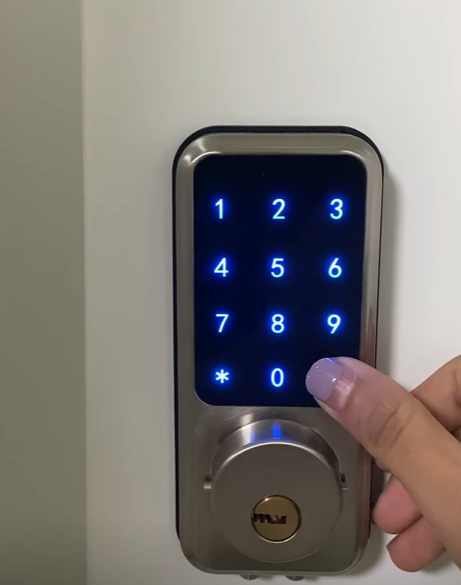
Electronic locks, also known as digital locks, are a type of lock that use electronics to control access to a space or object. They have become increasingly popular in recent years due to their convenience and added security features. In this article, we will explore what electronic locks are, how to use them, their benefits, and the cost involved.
What are Electronic Locks?
Electronic locks use a variety of methods to control access, including keypads, smart cards, biometrics, and remote control. They can be installed on doors, cabinets, safes, and other objects to provide a high level of security. Electronic locks often use advanced encryption and authentication protocols to prevent unauthorized access.
How to Use Electronic Locks
The exact method of using an electronic lock will depend on the type of lock you have installed. However, in general, electronic locks can be controlled in a few ways:
- Keypad: Many electronic locks have a keypad that allows the user to enter a code to gain access. The code can be changed regularly for added security.
- Smart Card: Smart card locks use a card with an embedded chip to control access. The user inserts the card into the lock, which then authenticates the user and grants access.
- Biometrics: Biometric locks use physical characteristics such as fingerprints or facial recognition to control access. The user places their finger on a scanner or looks into a camera to authenticate themselves.
- Remote Control: Some electronic locks can be controlled remotely, either through a smartphone app or a remote control device. This allows the user to control access from a distance.
Benefits of Electronic Locks
Electronic locks offer several benefits over traditional locks, including:
- Convenience: Electronic locks are often easier to use than traditional locks. They eliminate the need for keys, which can be lost or forgotten, and allow the user to control access with a code or card.
- Increased Security: Electronic locks offer a higher level of security than traditional locks. They often use advanced encryption and authentication protocols to prevent unauthorized access.
- Audit Trail: Many electronic locks offer an audit trail feature, which records who accessed the lock and when. This can be useful for tracking access and identifying any security breaches.
- Remote Access: Some electronic locks can be controlled remotely, allowing the user to grant access to a space from a distance.
- Customization: Electronic locks can often be customized to fit the specific needs of a space or object. For example, a cabinet lock can be programmed to only allow access during certain times of the day.
Cost of Electronic Locks
The cost of electronic locks can vary depending on the type of lock and the level of security needed. Keypad locks are typically the least expensive, with prices ranging from $50 to $300. Smart card and biometric locks are generally more expensive, with prices ranging from $100 to $1,000. Remote control locks can also be expensive, with prices ranging from $500 to $2,000.
It is important to note that while electronic locks may have a higher upfront cost than traditional locks, they can also provide long-term cost savings. Electronic locks can reduce the need for keys, which can be expensive to replace if lost or stolen. They can also provide insurance discounts, as they offer a higher level of security than traditional locks.
Conclusion
Electronic locks offer a high level of security and convenience, making them an increasingly popular choice for homes and businesses. They can be controlled through a variety of methods, including keypad, smart card, biometrics, and remote control. Electronic locks offer several benefits over traditional locks, including increased security, an audit trail feature, and remote access. While the cost of electronic locks can be higher than traditional locks, they can provide long-term cost savings and insurance discounts.